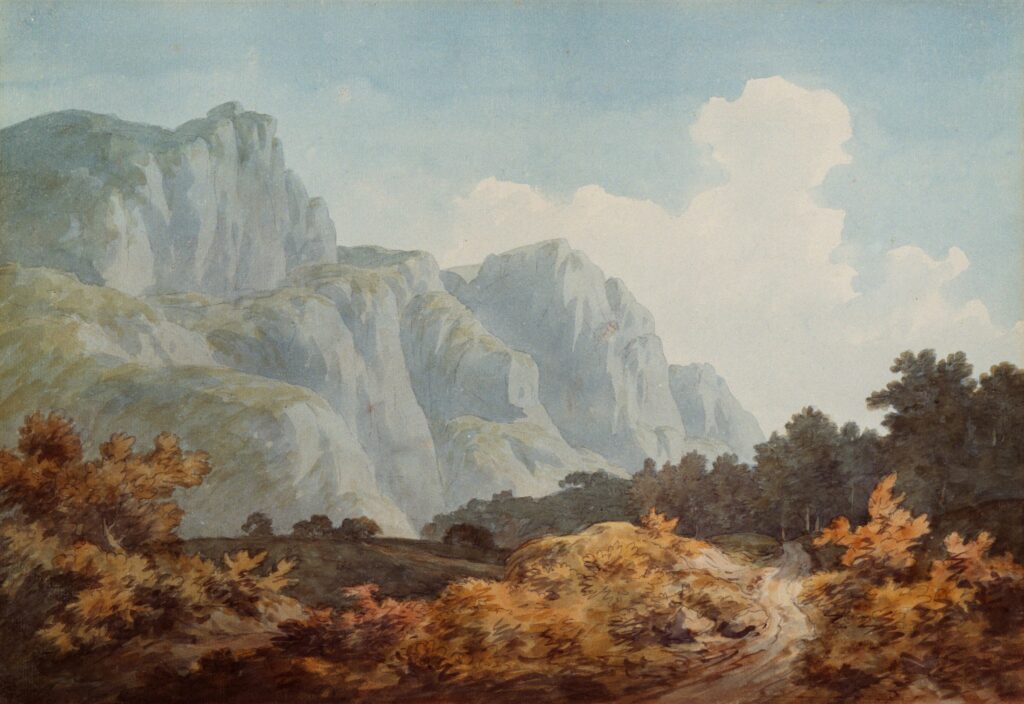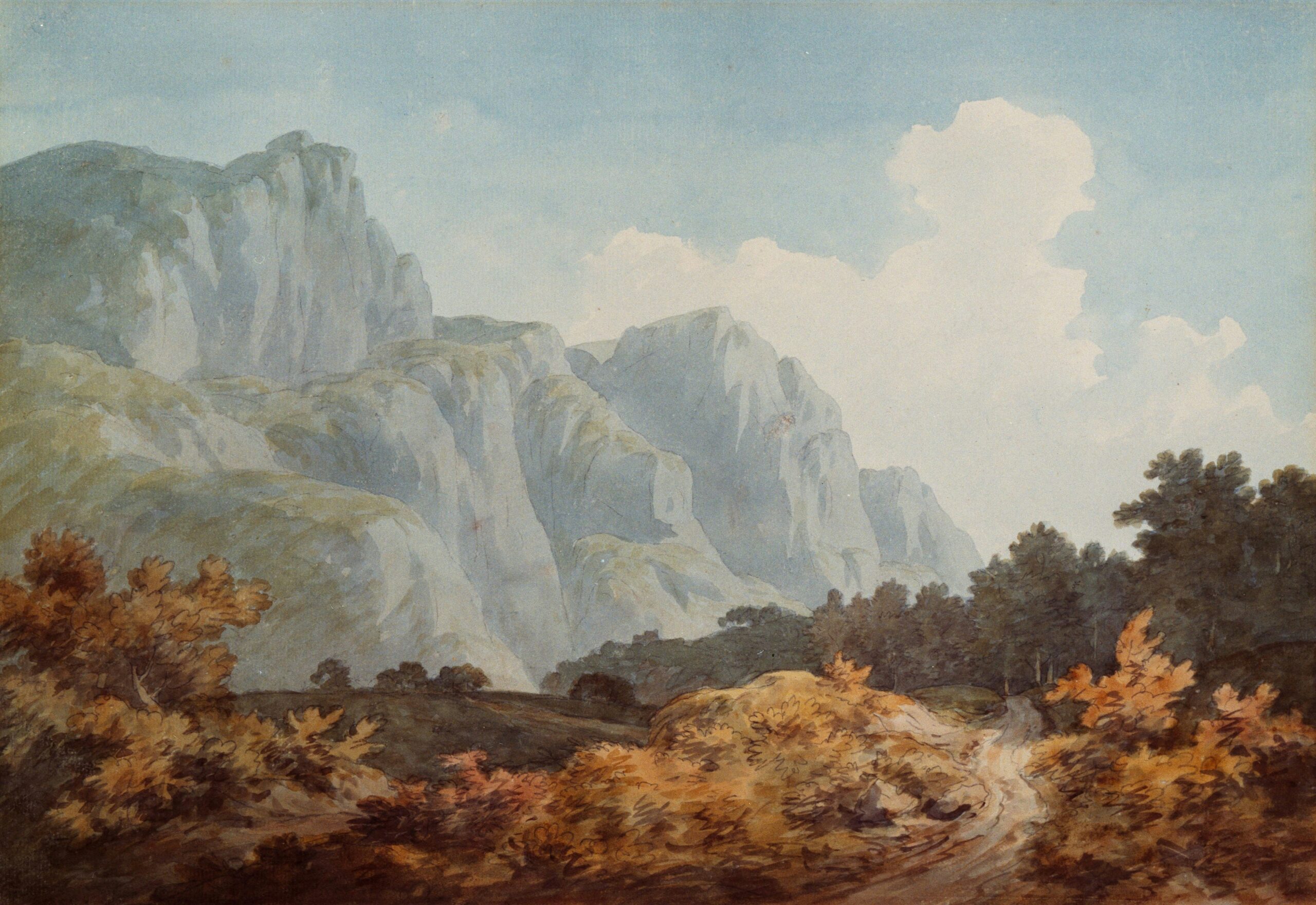In response to the controversy surrounding a racist mural at Tate Britain, the museum has commissioned artist Keith Piper to create a thought-provoking video installation that aims to confront and explain the offensive imagery. The mural, created by Rex Whistler in 1927, had largely gone unnoticed until antiracism campaigners brought attention to its disturbing depictions of a white woman dragging a Black boy by a rope, while his terrified mother watches on. Tate Britain’s decision to display Piper’s work alongside the mural is an attempt to strike a delicate balance between activists calling for its removal and those who oppose any form of “woke” posturing. Piper acknowledges the challenges of this task, realizing that both sides may find fault with the new presentation.

Background of the Mural
The mural in question, painted by Rex Whistler, has been a part of Tate Britain for almost a century. Spanning 55 feet, the mural served as a backdrop to a high-class restaurant within the museum. The painting depicts a hunting party in a fantastical landscape, capturing the attention of visitors as they enjoyed their meals. However, it was only in 2020 that the racist imagery within the mural began to receive attention. Two small sections of the mural depicted a white woman dragging a Black boy by a rope, while the boy’s frightened mother looked on, and another scene showed the same boy shackled by a collar. These disturbing depictions went largely unnoticed until antiracism campaigners brought them into the spotlight following George Floyd’s murder and the resurgence of the Black Lives Matter movement.
Campaign for Removal
Once the racist sections of the mural were brought to public attention, activists took to social media to raise awareness and demand the removal of the offensive artwork. The power of social media allowed the issue to gain traction and reach a wider audience. Their efforts prompted Tate Britain to take action, leading to the closure of the restaurant and sparking deliberation over the fate of the mural.

Tate Britain’s Decision
In response to the controversy surrounding the mural, Tate Britain made the decision to commission Keith Piper, a Black British artist, to create a video work as a response to Whistler’s artwork. The closure of the restaurant provided an opportunity to transform the space and address the problematic aspects of the mural. The commissioning of Piper was seen as a way to not only acknowledge the issues raised but also to offer a platform for critical reflection and education.
Keith Piper’s Video Work
Keith Piper, known for his thought-provoking artworks, was introduced as the artist entrusted with the task of creating a video work in response to the mural. The aim of Piper’s video work was to highlight and explain the racist imagery present in Whistler’s mural. By providing historical and critical perspectives, Piper sought to stimulate dialogue and foster a deeper understanding of the problematic nature of the artwork.

Curator’s Statement
Chloe Hodge, the curator of the exhibit, played a crucial role in shaping the presentation of Keith Piper’s video work. As the curator, Hodge had the responsibility of balancing the demands of activists who called for the removal of offensive artworks and the expectations of art enthusiasts who sought to preserve the integrity of the museum’s collection. Hodge’s statement elucidated the duration of the exhibit and shed light on the delicate balance sought in addressing the concerns raised by both groups.
Reactions to the New Presentation
Following the unveiling of Keith Piper’s video work, the response was met with criticism from diverse perspectives. Conservative politicians and art enthusiasts expressed dissatisfaction, perceiving the inclusion of the video work as an example of “woke” posturing and the erasure of traditional art. Conversely, activists and antiracism campaigners felt that the response did not go far enough, arguing that the mural should have been completely removed. This divergence of opinions highlighted the challenges Tate Britain faced in attempting to find a middle ground that satisfied all parties involved.
Artist’s Response to the Situation
Prior to the unveiling of his video work, Keith Piper anticipated potential criticism and backlash. Acknowledging the controversial nature of the subject matter, Piper emphasized his commitment to navigating a middle course that aimed to address the concerns of both activists and art enthusiasts. By presenting the racist imagery within the mural through a critical and historical lens, Piper hoped to encourage dialogue, understanding, and reconciliation.
Importance of the Response
The response to the mural held significant implications for addressing racist imagery within the art world. By openly acknowledging and engaging with the offensive elements of the mural, Tate Britain aimed to set a precedent for confronting and rectifying problematic artworks. The response also emphasized the importance of dialogue and education in challenging systemic racism and fostering a more inclusive art community. The incorporation of critical perspectives allowed for a deeper understanding of the historical and cultural contexts surrounding such controversial artworks.
Duration and Availability
Keith Piper’s video work addressing the racist imagery within Whistler’s mural was made available for public viewing at Tate Britain. The duration of the display was determined to be approximately one year, allowing visitors ample time to engage with the work and partake in the ongoing conversation surrounding offensive art. Accessible to the public, the display aimed to provide a platform for reflection and learning.
Conclusion
In its response to the racist imagery present in Rex Whistler’s mural, Tate Britain found itself navigating a delicate balance between the demands of activists and the expectations of art enthusiasts. By commissioning Keith Piper’s video work, the museum sought to address the offensive elements of the mural while also fostering dialogue and education. The reactions to the new presentation highlighted the ongoing debates and conversations surrounding offensive artworks and the importance of continuing to challenge systemic racism within the art world.

